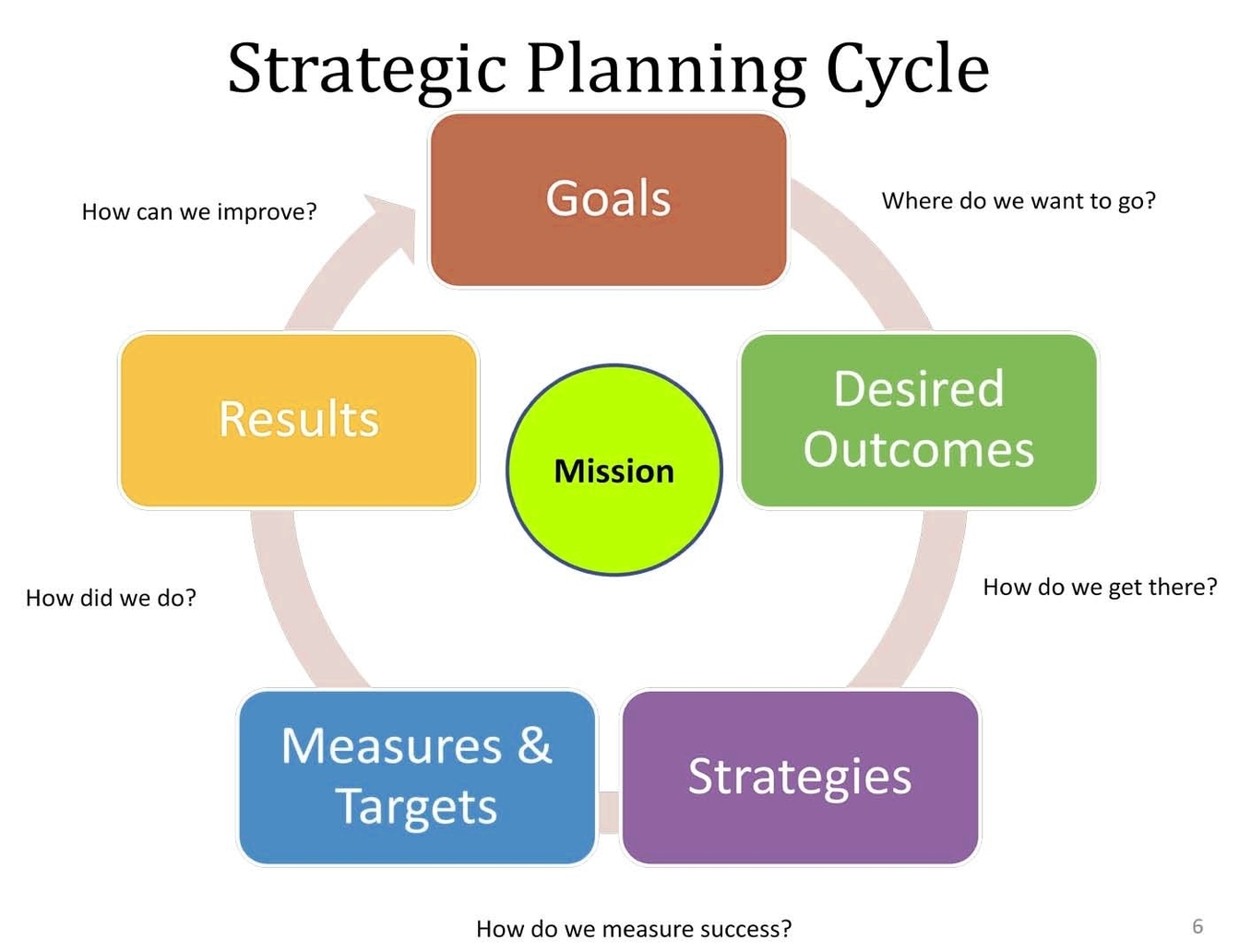
Strategic planning is a process that helps organizations define their goals and objectives, and develop a plan to achieve them. It is a systematic approach to decision-making that involves analyzing an organization’s strengths and weaknesses, identifying opportunities and threats, and developing strategies to address them. The process of strategic planning typically involves several steps, including:
1. Assessing the current situation: This involves analyzing the organization’s internal and external environment to identify its strengths, weaknesses, opportunities, and threats. This information is used to develop a SWOT analysis, which helps to identify the key issues that need to be addressed.
2. Defining the mission, vision, and values: The mission statement defines the organization’s purpose, while the vision statement outlines its long-term goals. The values statement defines the organization’s core beliefs and principles.
3. Setting goals and objectives: Goals are broad statements of what the organization wants to achieve, while objectives are specific, measurable targets that help to achieve those goals.
4. Developing strategies: Strategies are the specific actions that the organization will take to achieve its goals and objectives. They should be based on the organization’s strengths and opportunities, and should address its weaknesses and threats.
5. Implementing the plan: This involves putting the strategies into action, allocating resources, and monitoring progress.
6. Evaluating and adjusting the plan: The final step in the strategic planning process is to evaluate the plan’s effectiveness and make adjustments as necessary.
trategic planning is important for organizations because it helps to ensure that everyone is working towards the same goals and objectives. It provides a framework for decision-making, and helps to ensure that resources are allocated effectively. By identifying potential problems and opportunities, organizations can develop strategies to address them before they become major issues. Strategic planning also helps to improve communication and collaboration within an organization, and can help to increase employee engagement and motivation.
In conclusion, strategic planning is a critical process for any organization that wants to achieve its goals and objectives. By following a systematic approach to decision-making, organizations can develop effective strategies that help them to succeed in a competitive environment. The process of strategic planning involves assessing the current situation, defining the mission, vision, and values, setting goals and objectives, developing strategies, implementing the plan, and evaluating and adjusting the plan as necessary. By following these steps, organizations can develop a clear roadmap for success that helps to ensure that everyone is working towards the same goals and objectives.
